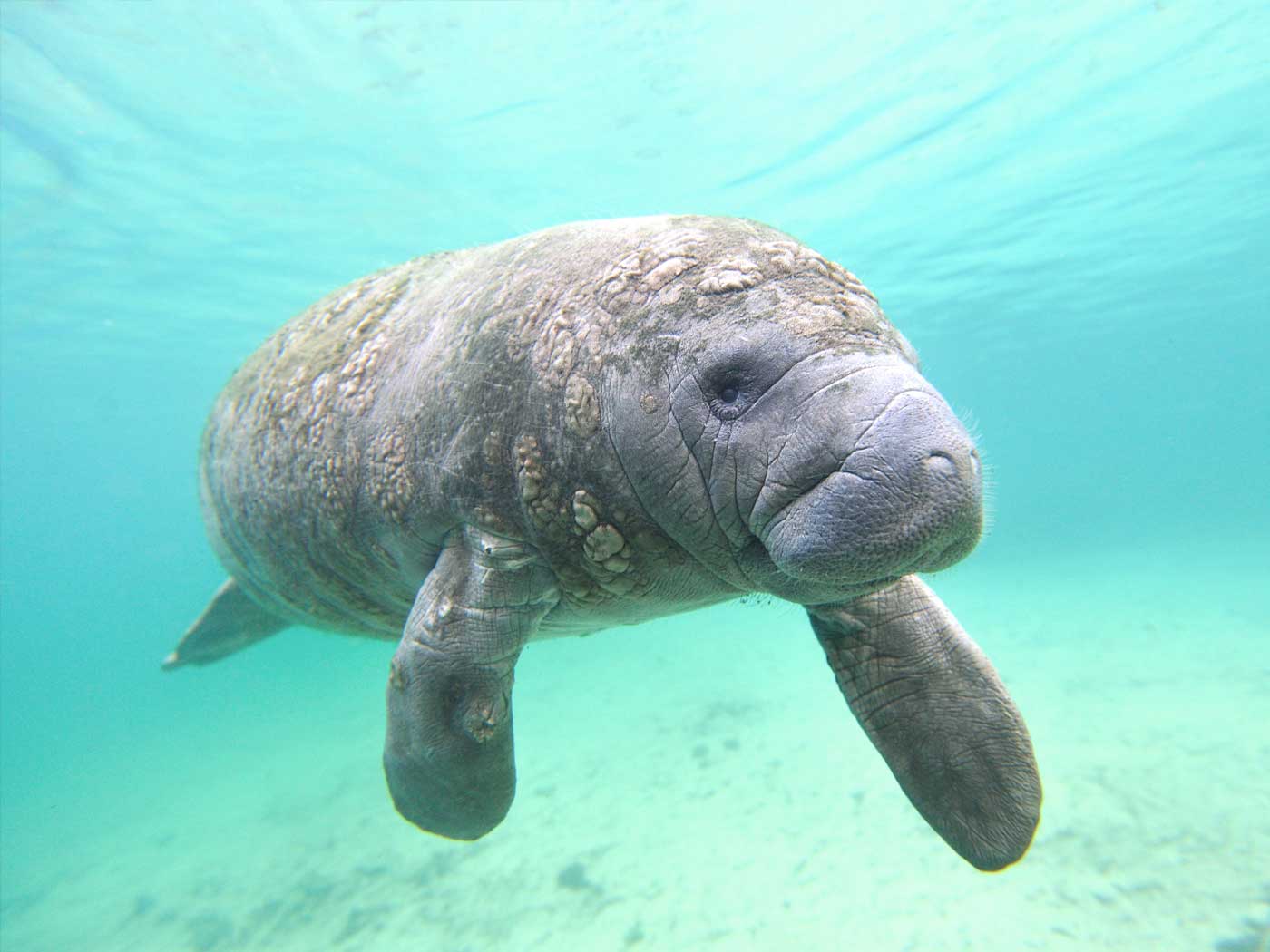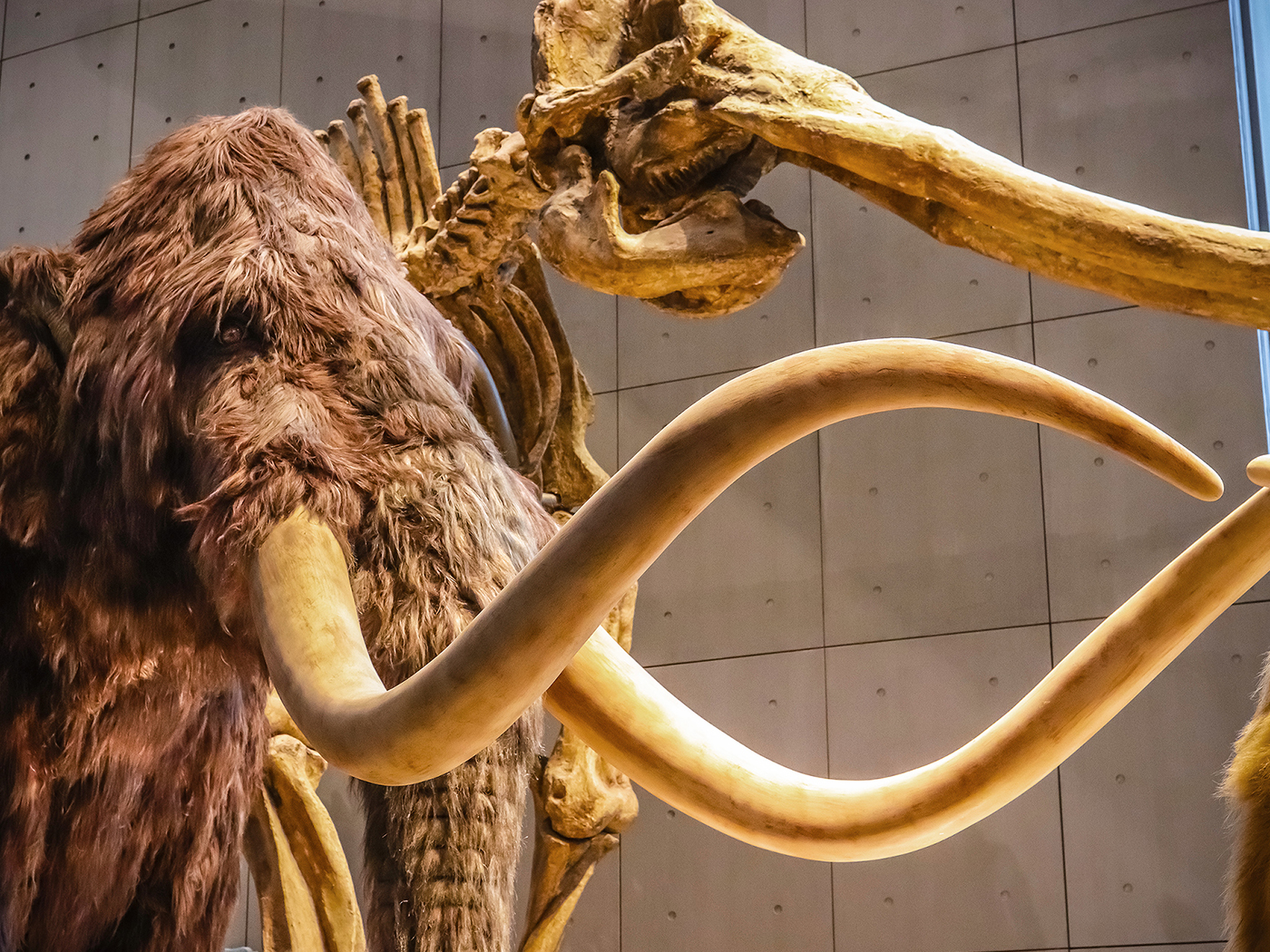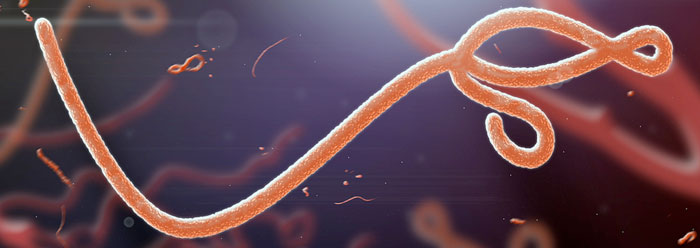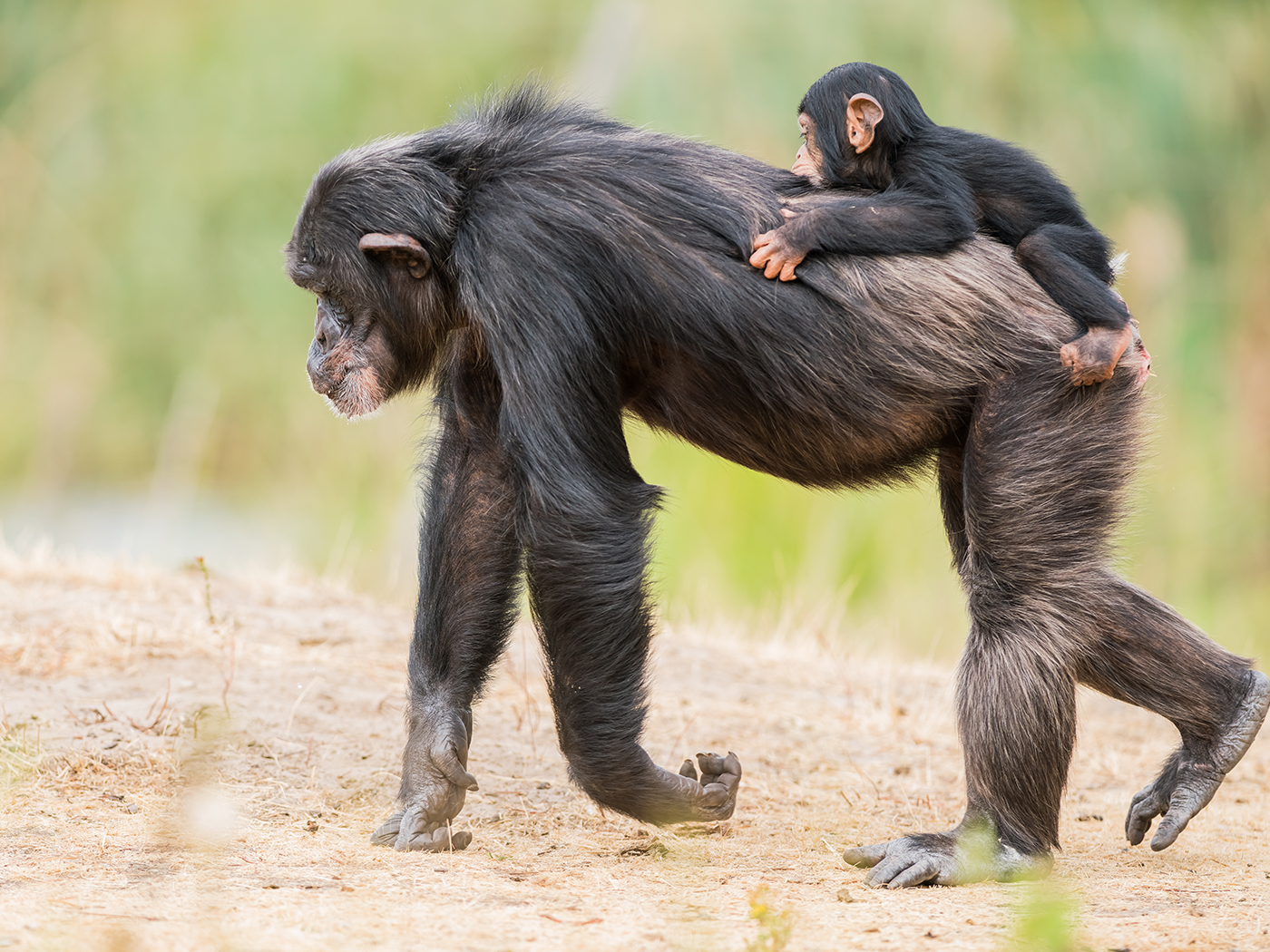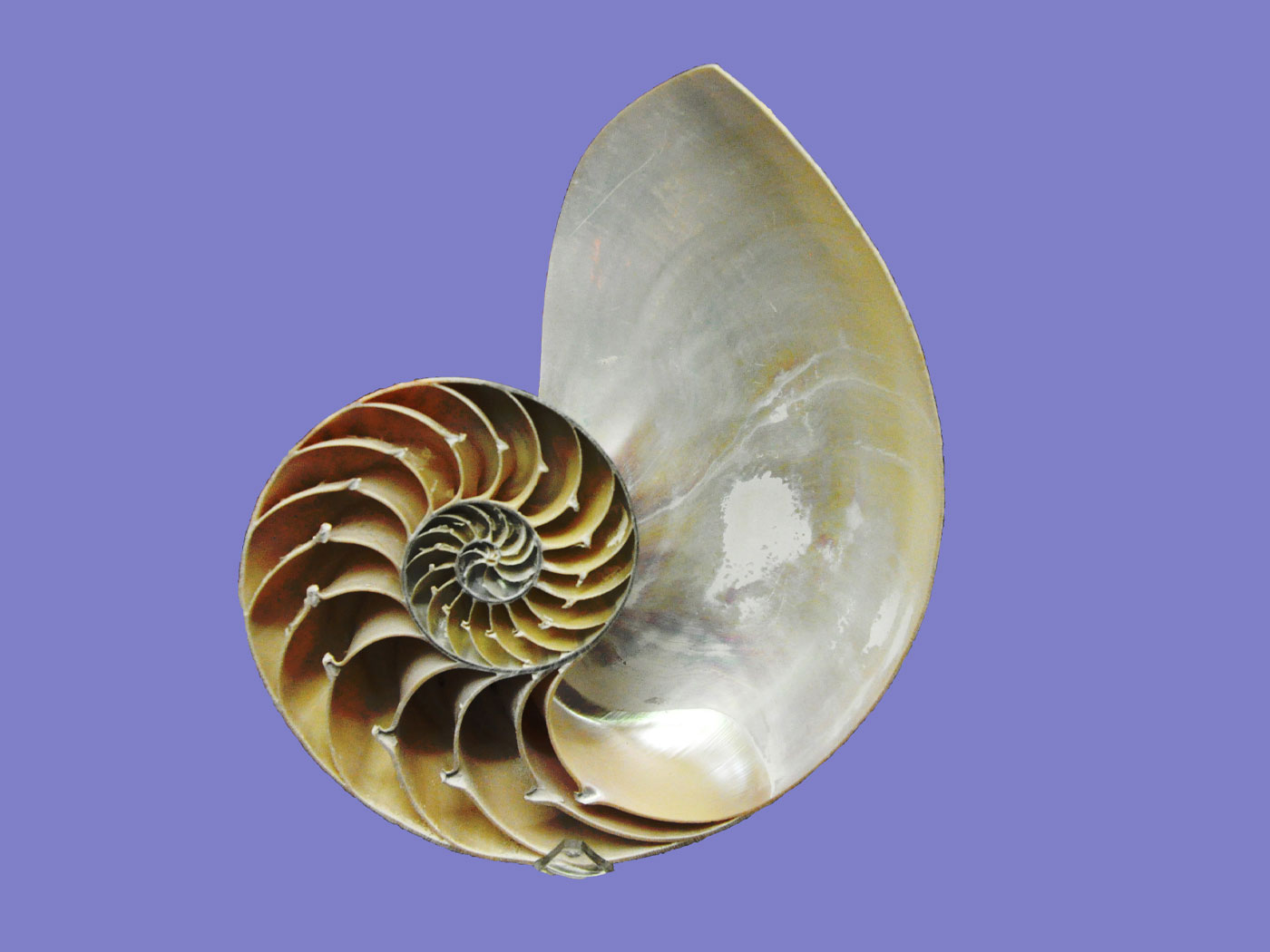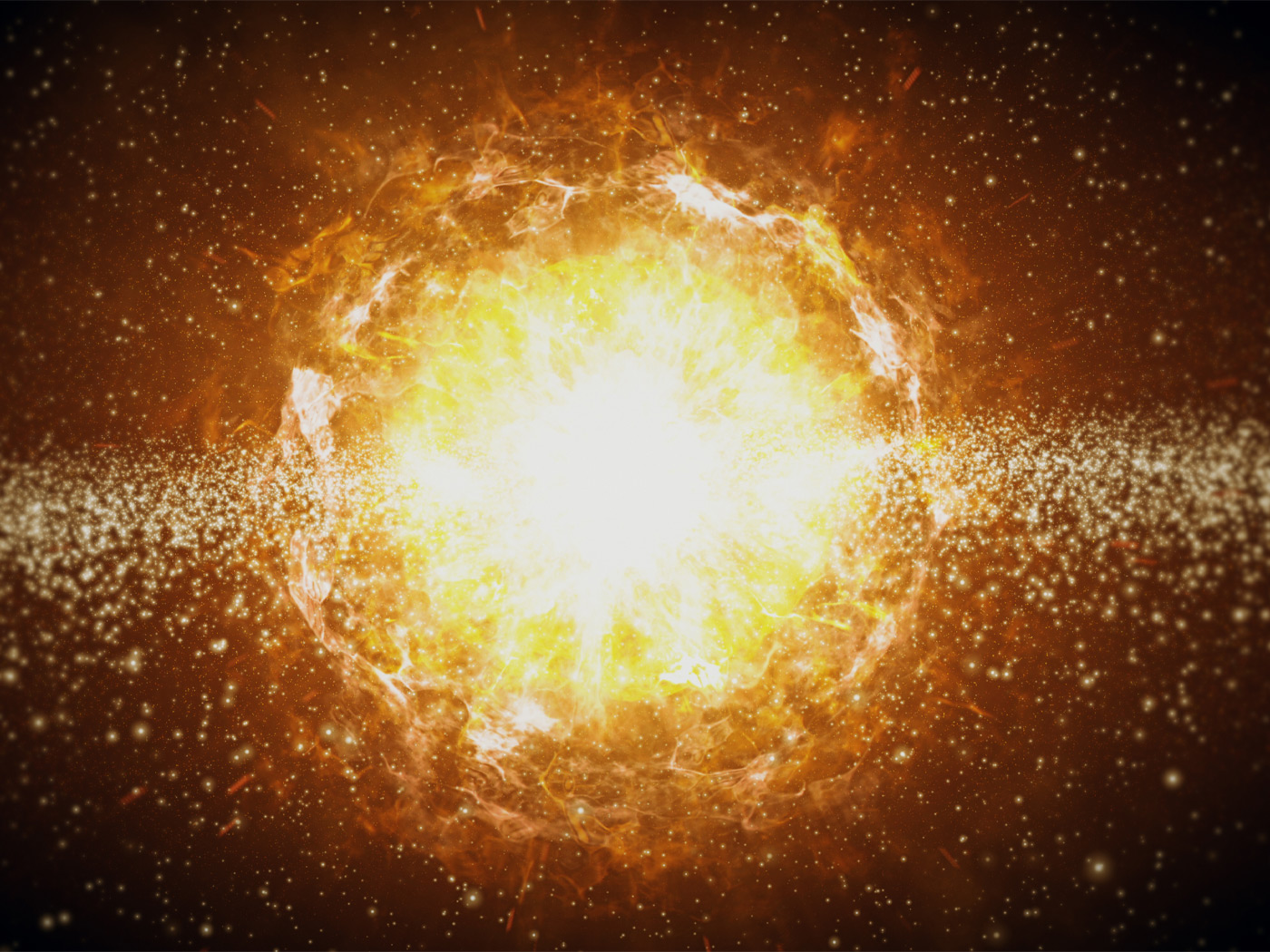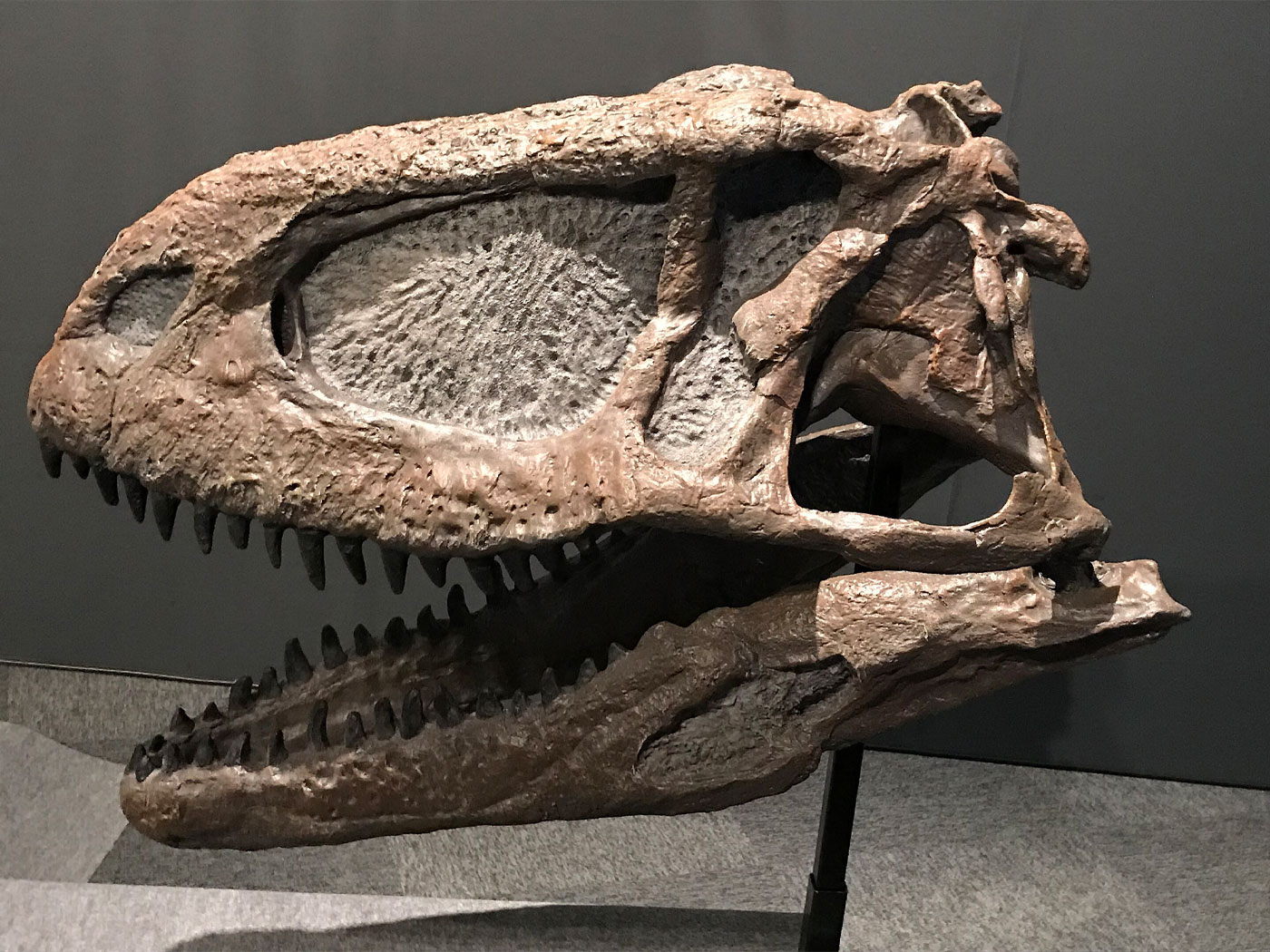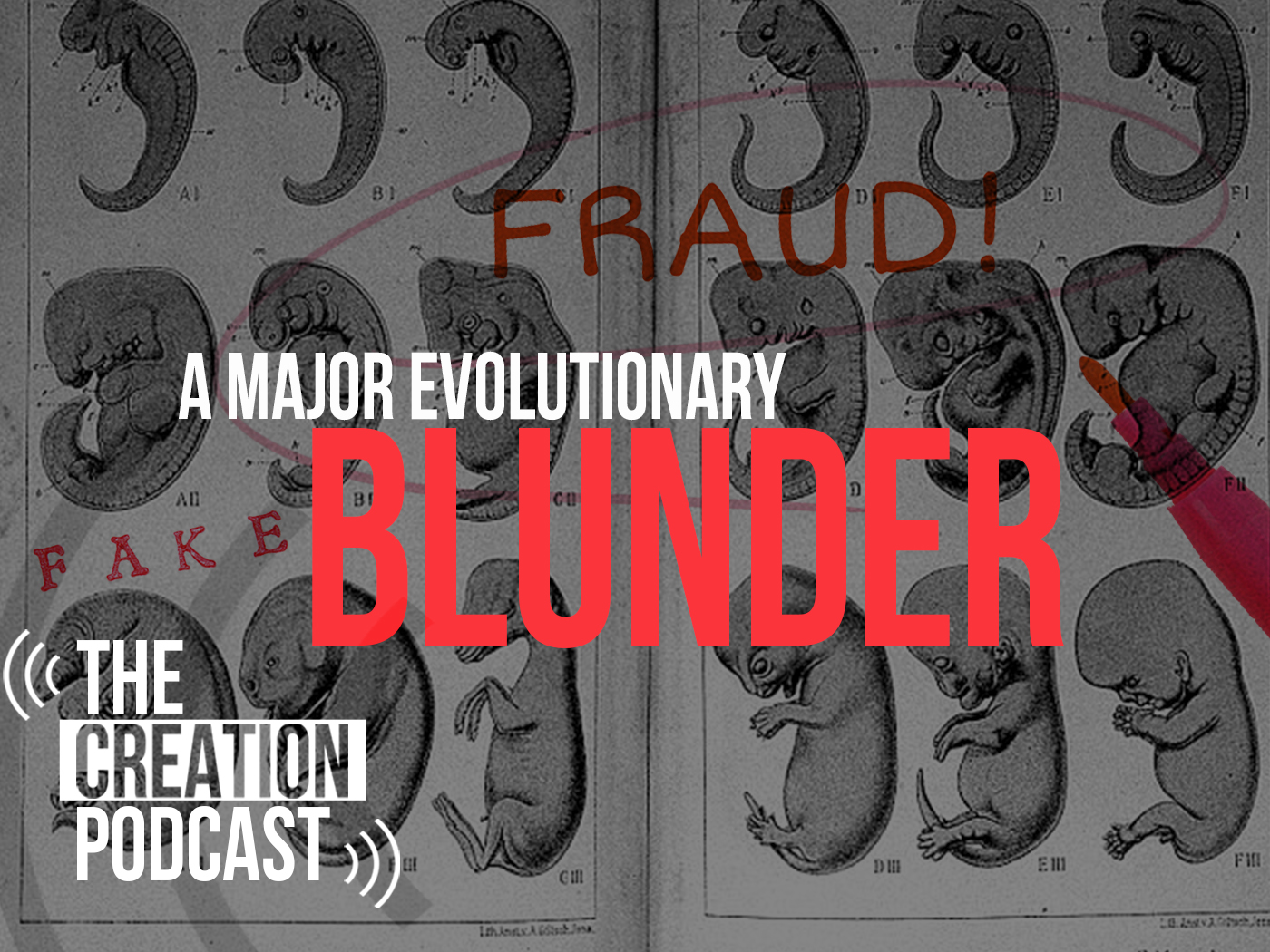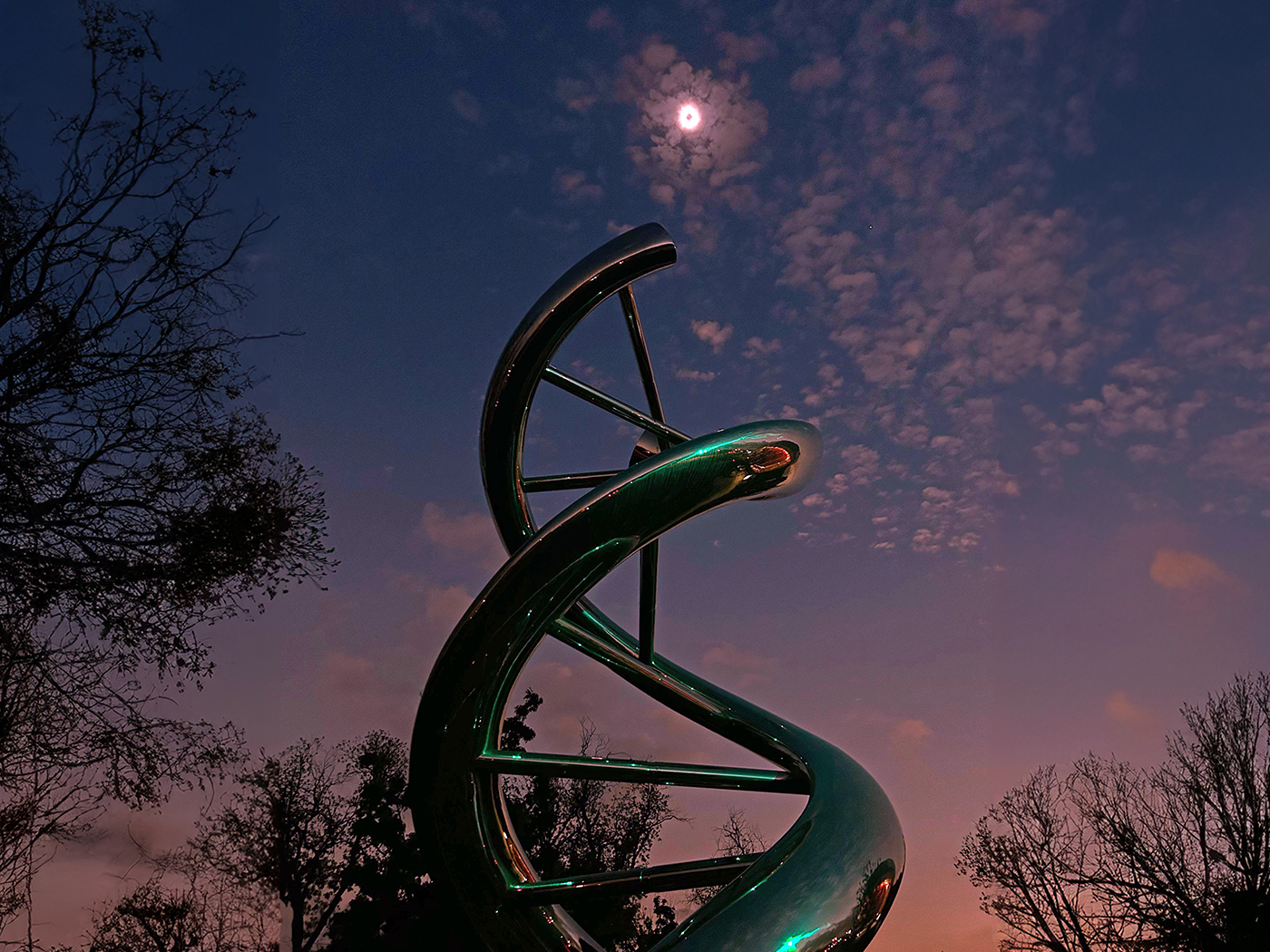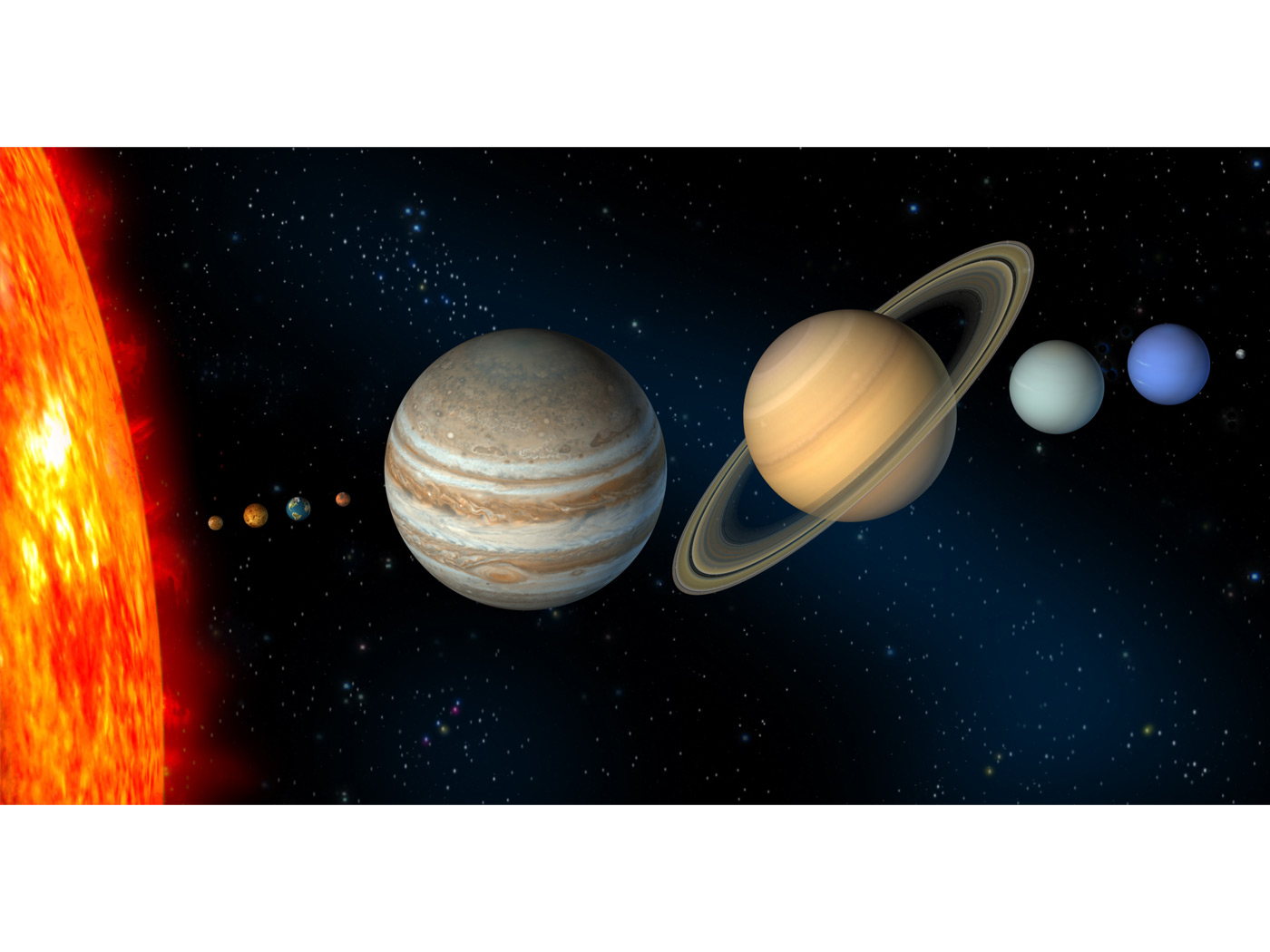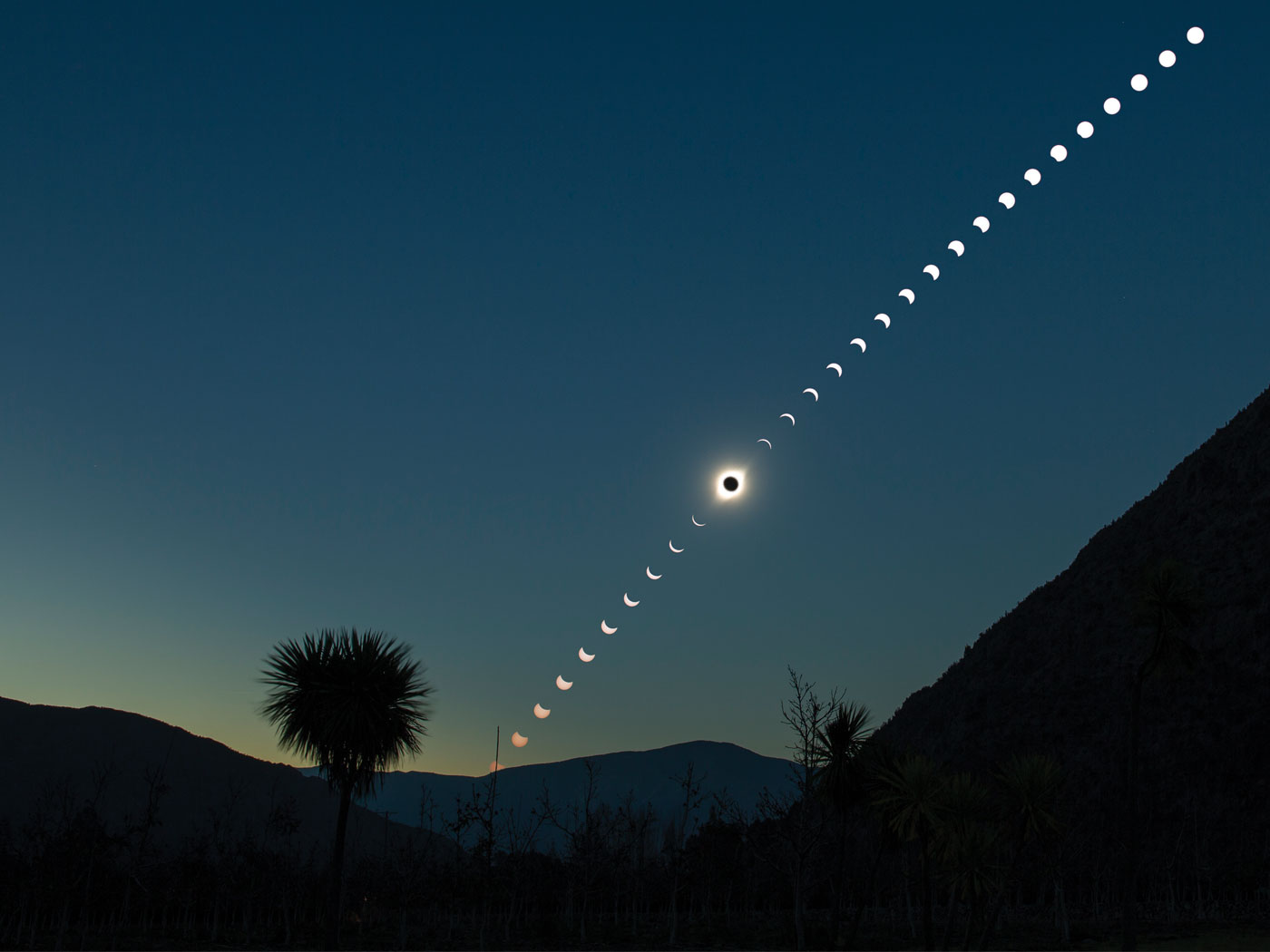One of the most disturbing attitudes of most evolutionists is their insistence on naturalism as the premise for explaining everything from the origin of the cosmos to the origin of the human soul. The fact is that total naturalism is quite devoid of real explanatory power for almost anything.
Except for the origin of the universe itself, the most difficult development would have to be the origin of life. Just how could non-living chemicals on the primeval earth transmute themselves into some kind of living and replicating cell?
Evolutionists will usually admit that they don't know how this happened. For example, the cosmologist Paul Davies admits their utter ignorance on this vital subject:
It's a shame that there are precious few hard facts [he might just as well have said there are none] when it comes to the origin of life....Nobody knows how a mixture of lifeless chemicals spontaneously organised themselves into the first living cell.1
Evolutionists still place great faith in the famous Miller-Urey experiments of a generation ago, which showed that some amino acids could be synthesized from hydrogen-rich ammonia, methane, and water. But amino acids are not alive, and no one has ever generated life in a test tube. Most evolutionists have stopped trying altogether. An article in the journal Evolution several years ago noted that:
...most hypotheses about the origin of life from nonliving matter lie outside the main body of evolution theory. For example, the contents of volume 54 (2000) of Evolution comprise 192 primary research articles, but not one that concerns the origins of life.2
That statement could probably apply just as well to the 2001-2004 volumes.
But if the naturalistic origin of life is not part of the worldview of evolution then why do they insist that it be taught dogmatically in our schools? If the possibility of special creation or intelligent design cannot even be mentioned as a possibility (a policy on which they insist), then why cannot the tremendous odds against the naturalistic origin of life at least be mentioned?
For a long time it was believed that life arose in the primeval soup. But that idea has been largely abandoned and most evolutionists now believe life originated in the rocks and minerals of the early earth. For example, Robert Hazen, of NASA's Astrobiology Institute, in the lead article in a recent issue of the journal Elements says:
In this issue of Elements, four of the most creative minds in origins research present their original insights on the geochemical origins of life. Each author has studied the field in depth, and each has come to an inescapable conclusion: rocks and minerals must have played a pivotal role in the transition from the blasted, prebiotic Earth to the living world we now inhabit.3
Nevertheless, Hazen has to conclude that:
Scientists are still far from understanding the ancient, intricate processes that led to the origin of life.4
The journal in which these studies appeared is a relatively new journal, sponsored by several important geochemical and mineralogical societies. Like the writers in most other scientific journals, these scientists are all committed to a naturalistic evolutionary origin of life, even though they all—one by one—admit they don't have a real clue as to how it happened. But they seem sure that it could not have been in the primeval soup. So it must have been in the rocks and minerals.
For example, George Cody, of the Carnegie Institution of Washington, tries to discuss certain geochemical processes which conceivably might generate organic-type reactions which could lead to primitive metabolism. For example:
Natural transition metal sulfide minerals can promote a broad range of organic reactions, either catalytically or as reaction participants.5
But then he says:
Whether and how this chemistry may have aided the emergence of life remains a mystery.6
He had already noted, in beginning his article, that:
At present there is no completely satisfactory theory for the origin of life.7
A number of biochemists have been suggesting for several years that the first life forms must have been RNA. James Ferris speculates on how this might have happened. But then he says:
Biochemistry is too complicated to replicate from generation to generation without a reliable mechanism to pass on genetic information. In all known lifeforms, that mechanism depends on the double-stranded molecule DNA and its close relative, the single-stranded RNA, or ribonucleic acid. But there's a catch: You need DNA to make proteins, but you need proteins to make DNA. Which came first?8
Despite this enigma, Ferris still believes that prebiotic reactions somehow generated RNA and that mineral and metal-ion catalysis was absolutely essential in the process. Another writer in the symposium also admits that:
...understanding the chemical beginnings of life poses major challenges. How could the first self-replicating and energy-supplying molecules have been assembled from simpler materials that were undoubtedly (sic) available on the early protocontinents? Most scientists abhor spontaneous generation, much less the wave of a magic wand from God or the inheritance of living organisms from outer space.
...The chemical steps that led to life on Earth remain a matter of intense speculation.9
The final article in this symposium was written by Professor Cairns-Smith of the University of Glasgow. He is believed to have been the first scientist to suggest that life arose from clay minerals (an idea which led some progressive creationists to suggest that this would somehow confirm the Genesis record that God formed Adam from dust!) and is considered to be the prime authority in this particular field. But he is not much help in this study, mainly pointing out how complex the problem is.
For an organic chemist, it is humbling to think about bacteria because these supposedly simplest of organisms are amazingly good at doing organic chemistry. They can put together molecules requiring many steps in their making. Difficult, often huge molecules such as proteins are churned out, thousands of different kinds of them, each a characteristic constellation of some thousands of atoms and with every atom connected up just so.10
And just how could such phenomena get started?
Surely there must have been a prolonged or intensive evolution through natural selection to have brought such machinery into existence.11
And that explains it?
The real answer is creation.
The patriarch Job said long ago that God is the key to all mysteries, "In whose hand is the soul [or 'life'] of every living thing, and the breath of all mankind" (Job 12:10). With particular respect to mankind and the human body—the most complex "living thing" of all, the psalmist has said, "I will praise thee; for I am fearfully and wonderfully made: marvellous are thy works; and that my soul knoweth right well" (Psalm 139:14). To try to explain the origin of life without acknowledging God is entirely irrational, no matter how many degrees and scientific articles a scientist can claim.
The prophet Jeremiah preached that those people of Israel who had abandoned God to worship some pagan idol ought to be deeply ashamed, "Saying to a stock, Thou art my Father; and to a stone, Thou hast brought me forth..." (Jeremiah 2:27).
If it is shameful to think sticks and stones can generate life, is it not just as irrational to attribute it to rocks and minerals? It was the apostle Paul who said concerning the pagan scholars who try to substitute "Nature" or some image depicting natural processes for the real Creator: "Professing themselves to be wise, they became fools" (Romans 1:22).
Only the Living God can create life! "In Him was life; and the life was the light of men" (John 1:4).
References
- Paul Davies, "Born Lucky," New Scientist (vol. 179, July 12, 2003), p. 32.
-
Michael F. Antolin and Joan M. Herbers, "Evolution's Struggle for Existence in America's Public Schools," Evolution (vol. 55, December 2001),
p. 2381. - Robert M. Hazen, "Genesis: Rocks, Minerals, and the Geochemical Origin of Life," Elements (vol. 1, June 2005), p. 135.
- Ibid., p. 137.
- George D. Cody, "Geochemical Connections to Primitive Metabolism," Elements (vol. 1, June 2005), p. 143.
- Ibid.
- Ibid., p. 139.
- James P. Ferris, "Mineral Catalysis and Prebiotic Synthesis: Montmorillonite-Catalyzed Formation of RNA," Elements (vol. 1, June 2005), p. 146.
- Joseph V. Smith, "Geochemical Influences on Life's Origins and Evolution," Elements (vol. 1, June 2005), p. 151.
- A. Graham Cairns-Smith, "Sketches for a Mineral Genetic Material," Elements (vol. 1, June 2005), p. 157.
- Ibid., p. 161.
* Dr. Henry Morris is Founder and President Emeritus of ICR.






